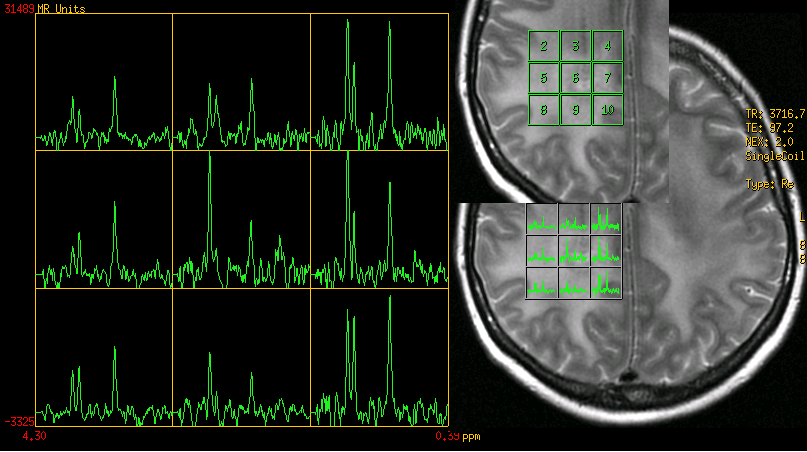Should You Have An Investment MRI?
 Healthcare went through a revolution when MRI (magnetic resonance imaging) became commercially available in the ‘80s, courtesy of GE. X-rays could show bones, but MRIs could show soft tissue all around the bones, and even everything inside the skull. Doctors went from looking at skeletons to looking at whole bodies.
Healthcare went through a revolution when MRI (magnetic resonance imaging) became commercially available in the ‘80s, courtesy of GE. X-rays could show bones, but MRIs could show soft tissue all around the bones, and even everything inside the skull. Doctors went from looking at skeletons to looking at whole bodies.
Similarly, we take an investment MRI approach to portfolio analysis, looking past the basics of stocks, bonds, alternatives and cash. Our MRI reveals what is actually happening, why, and how. Here is what we look for:

What we look for – 8 key indicators of financial health
- Cash flow – Sources, reliability, and timing by the month.
- Diversification – Stocks, bonds, alternatives and cash, sorted by size, geography and currency.
- Cost – Fees at all levels, those seen and those suspected but hard to find.
- Liquidity – Ability to sell quickly at a fair price. Is the bid/ask spread a penny wide, or a quarter? In an emergency, can cash be raised quickly?
- Backward and forward – What is the actual return on the portfolio for the last 20 years, and what is its most likely future return under various scenarios?
- Structure – Is the investment backed by the faith and credit of a particular institution? Or by a basket of underlying assets? When times get tough, this little detail can save you from a catastrophic 100% loss.
- Taxes – After-tax return is the only one that matters. A data point that’s often buried, we trumpet it, because we think maximum tax efficiency is a basic human right.
- Changes – How would changes in saving, disbursements, and return affect the portfolio? Best to know before making investment decisions.
Powerful, thorough and expensive
Medical MRI scans are costly because they provide so much information, detail and perspective. Likewise, an investment MRI is a major undertaking, one that involves thousands of pieces of data about your portfolio, hundreds of thousands of pieces if the scan goes forward and backward for years.
But all that data leads nowhere without highly skilled analysis and interpretation. Like an experienced radiologist, we know what to look for, how to find it and what it means. Do not try this at home by yourself using DIY software, especially if you’re going to put your hard earned money to work based on your findings. There’s too much at stake.
If you’ve not had a full investment MRI recently – or ever – it’s time. Contact us if you’re ready to learn:
- What can I expect in turbulent markets?
- Who’s been eating from my table?
- Have I been paying more than my fair share of taxes?
- How is the portfolio really making money – investment or trading?
- What are the biggest risks I face?
John Osbon – josbon@osboncapital.com
Weekly Articles by Osbon Capital Management:
"*" indicates required fields
